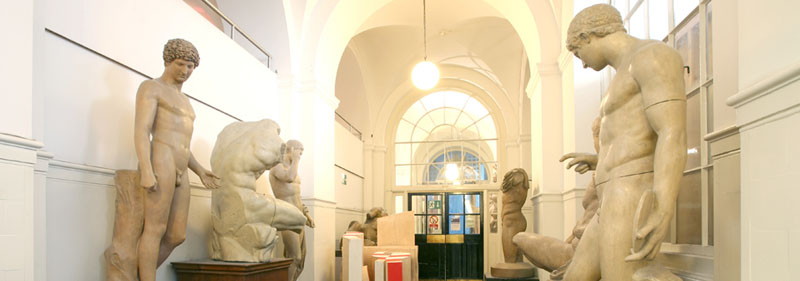 First published in The Jackdaw ♯1, September 2000
First published in The Jackdaw ♯1, September 2000
…All of this is distant from the reason that the Royal Academy was set up in 1768; namely, in order to provide an Academy, a school, for the training of artists, as well as to give members and hopefuls the fixed target of an annual exhibition to aim towards…
232 years later, the teaching of painting and sculpture in their more traditional, academic forms has fallen so far into disuse that even the materials that are now used are generally poor because few individuals are left who are capable of recognising good ones and have the energy to complain about matters such as the adulteration of artists’ colours. The decline in academic art education is visible in virtually every exhibition. Unnecessary, elementary faults of drawing and proportion shout loudly especially when the artist embarks on an ambitious scheme. One may think that such a loss is a perfectly natural sign of times in which art has changed and become thoroughly Serotified. From the weight of coverage received by fashionable, Turner Prize-style art, one could be forgiven for thinking that painters and sculptors are in short supply. The truth is that media coverage of the visual arts misrepresents the true diversity of contemporary art by rarely acknowledging the existence of painting.
We should remember that a major proportion of art sold in Britain is still of a conventional nature, being works bought with their own money by those requiring pictures for their homes. What Charles Saatchi buys might make the front pages but it is untypical of what the vast majority enjoy living with.
Many have noticed that the standard of figurative art has deteriorated coincident with the period in which it has ceased to be taught properly in art schools where, depressingly, the blind now lead the blind. The fact that art buyers will always want conventional pictures for their walls must make us consider the need in art education for at least some institutions in which traditional skills are taught properly. They are not being taught properly at the moment. There is surely room for at least one institution that kindles the traditional art crafts, when no one else is doing it.
The Royal Academy ought to be serving this function. It owns perfect facilities for the task. In a world that recognises diversity in all things, there ought to be no shame attached to helping foster a traditional approach to making art. This is not an argument against the drift towards conceptualism but a plea for one place where traditional teaching takes place and where exhibitions are held featuring the prominent and exemplary contributors to that tradition.
Alarmingly, the Royal Academy wants to move away from what it perceives as its stuffy image and to come abreast of the times, by which it mean abreast of the ‘cutting edge’. The Academy now appoint Turner Prize winners as RAs in preference to Academic artists of equivalent competence in their field, in order to win cheap praise for being au courant and shedding its moth-eaten image. They invite cutting-edge artists to the Summer Show in order to lend it the imprimatur of the new. The fact that these same artists are exhibiting in every other publicly funded gallery in London and the provinces, to the point at which they monopolise these spaces, seems not to have occurred to the Academicians…
…New RA President, Phillip King, has also made noises about the need to show “a wider range of artists”, precisely the opposite of what is necessary. The Academy ought to show a narrower range of much higher quality, and certainly not the already over-exposed wheezes of Hirst and Co. The most interesting contribution to the “modernising” debate was Richard Cork’s in The Times. He wrote: “Potentially the summer show could do a huge amount to make us all aware of what is going on in British art right now.What it ends up doing is giving us a very partial and confusing account.” Presumably he means an impartial show like the Turner Prize or the huge diversity of the exhibition programmes put on by theArts Council when he was that body’s Visual Arts Panel chairman. Cork is the last person the Royal Academy needs lectures from on ‘diversity’.
Britain needs a specialist art school to rekindle and nurture traditional painting. The natural candidate for this is surely the Royal Academy.
http://www.royalacademy.org.uk/about/
David Lee
The Jackdaw Sept-Oct 2011